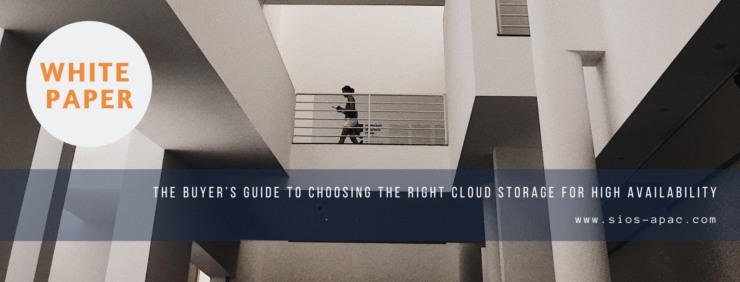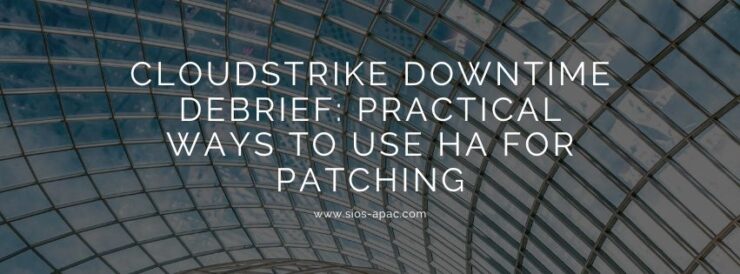Navigating the Transition from Nutanix Xi Leap: Why SIOS is Your Ideal Disaster Recovery Partner
Preparing for the End of Nutanix Xi Leap
As Nutanix plans to discontinue support for Xi Leap on April 16, 2025, organizations are faced with the challenge of finding a new disaster recovery (DR) solution. Rather than viewing this as a setback, it’s an excellent opportunity to implement a more advanced and tailored DR solution with SIOS. By starting your transition early, you can ensure a seamless migration and maintain your business continuity without interruption.
Why Early Planning for a DR Solution is Crucial
Given that a typical migration to a new DR solution can take months, beginning the transition process well ahead of time is essential. Delaying this could result in significant obstacles, putting your data and business operations at risk.
Key Features to Consider in Your New DR Solution
Customized HA/DR Solutions for Your Unique Needs
It’s important to choose a DR provider that offers flexibility and scalability tailored to your organization’s specific requirements. SIOS excels in delivering High Availability (HA) and DR software solutions for both Windows and Linux environments, providing a perfect fit for diverse business needs.
Rapid Disaster Recovery and Reliable Response
Minimizing downtime is a top priority during any disruption. SIOS’s real-time block-level replication technology ensures superior Recovery Time Objectives (RTO) and Recovery Point Objectives (RPO), enabling swift and effective recovery during emergencies.
24/7 Expert Support
Around-the-clock support is vital to ensure continuous protection and prompt assistance. SIOS offers dedicated 24x7x365 support, staffed by knowledgeable technical experts, to give you peace of mind and reliable help whenever necessary.
Real-Time Data Replication and Cluster Integration
SIOS specializes in real-time data replication and seamless cluster integration, offering the best RTO/RPO in the industry. Our technology also simplifies the failback process after a disaster, ensuring your operations can return to normal quickly and efficiently.
The Advantage of Choosing SIOS for Your Disaster Recovery Needs
Selecting a disaster recovery partner with a proven track record and in-depth expertise is crucial. SIOS not only meets these criteria but also ensures a smooth transition from Nutanix Xi Leap, keeping your data secure and minimizing any disruption to your business operations.
Flexibility in Hosting Your DR Solution
One of the key benefits of SIOS’s solutions is the flexibility they offer. You can choose to host your disaster recovery on-premises or in the cloud, depending on what best suits your organization’s strategy. This adaptability, coupled with control over your own data, provides a higher level of security compared to traditional DRaaS solutions.
Start Your Disaster Recovery Transition with SIOS Today
As Nutanix phases out Xi Leap, seize this opportunity to upgrade to a more tailored, secure, and responsive disaster recovery solution with SIOS. Our dedication to your business continuity and operational efficiency makes us the perfect partner for your disaster recovery needs.
If you have any questions or require assistance in selecting your new disaster recovery solution, please reach out to us. Discover how SIOS can help safeguard your business-critical workloads and ensure a smooth transition from Nutanix Xi Leap.
Reproduced with permission from SIOS





